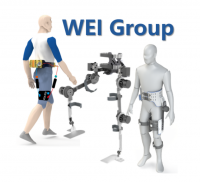分享到
Reducing the muscle activity of walking using a portable hip exoskeleton based on human-in-the-loop optimization
2023
期刊
Frontiers in Bioengineering and Biotechnology
作者
Linghui Xu
· Xiaoguang Liu
· Yuting Chen
· Linfan Yu
· Zehao Yan
· Canjun Yang
· Congcong Zhou
· Wei Yang
- 卷 11
- Frontiers Media SA
- ISSN: 2296-4185
- DOI: 10.3389/fbioe.2023.1006326



